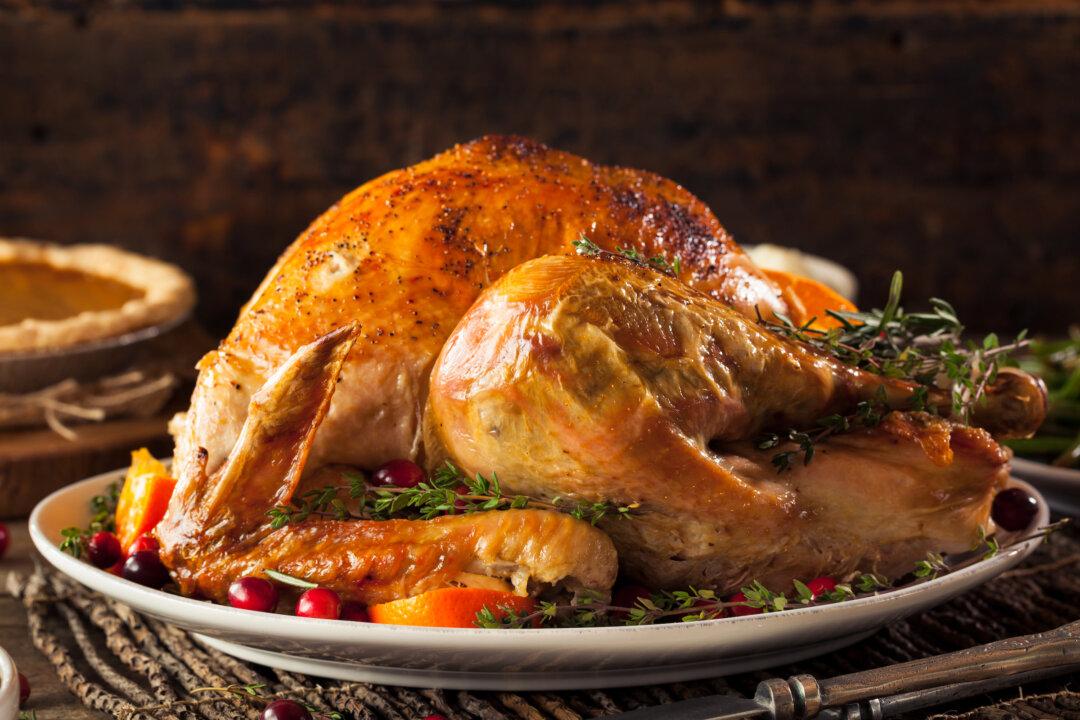In the hierarchy of Thanksgiving pies, pumpkin reigns king.
But there’s a world beyond pumpkin pie—and pecan and apple, too, for that matter. In fact, when I asked a trio of pie experts about their holiday pies of choice, they all rooted for unexpected underdogs. Not a can of Libby’s in sight.






